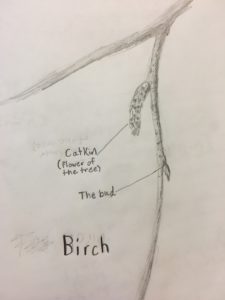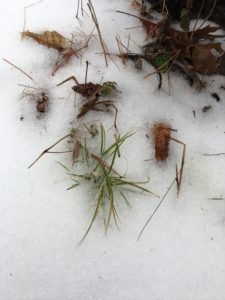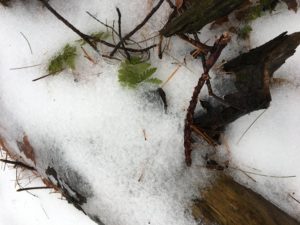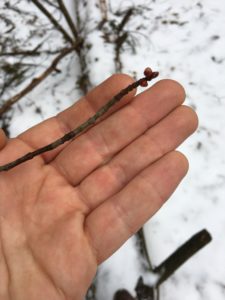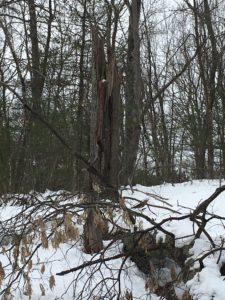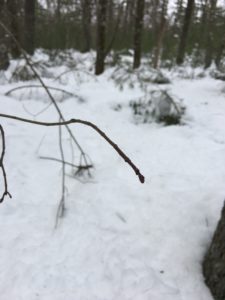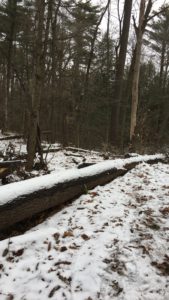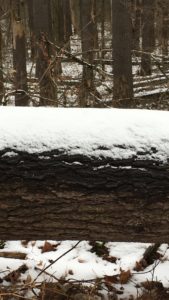In almost every culture around the world there is a value of nature because of our dependency on nature as humans. This is true in Vermont especially and my spot in centennial woods is a place where people from the community can go to celebrate the natural world may it be through education, recreation or exploration. Its public forests like these that represent our need to connect with nature and its deep rootedness in our culture.
I very much feel like a part of my centennial woods spot. The forests are not only there so that animals will have a place to live within our human world, the forests are also here for us to learn from them. The forest is providing me an educational service so that I may one day be able to return the favor. In this way I am just as much a part of the forest as the forest is a part of our society.
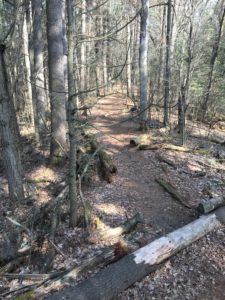 The snow is finally gone and life has returned to the forest. Squirrels and chipmunks can be seen once again be seen chasing each other along the dead logs. Birds can not only be heard but they can be seen flying from tree to tree filling the air with sound. Patches of green have formed on the wet soil in the form of grass, young ferns and moss. The buds on the red maple branches are noticeably red all the way up the tree. There are no new leaves yet but they are well on their way.
The snow is finally gone and life has returned to the forest. Squirrels and chipmunks can be seen once again be seen chasing each other along the dead logs. Birds can not only be heard but they can be seen flying from tree to tree filling the air with sound. Patches of green have formed on the wet soil in the form of grass, young ferns and moss. The buds on the red maple branches are noticeably red all the way up the tree. There are no new leaves yet but they are well on their way.